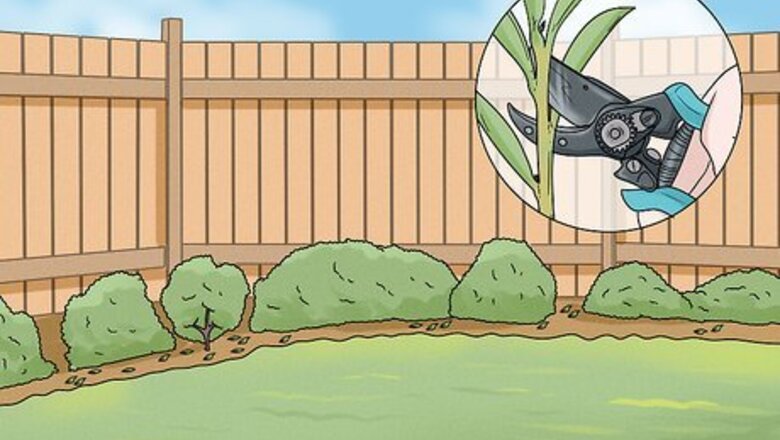
views
Using a Power Washer to Remove Mildew and Algae from Wood Fencing
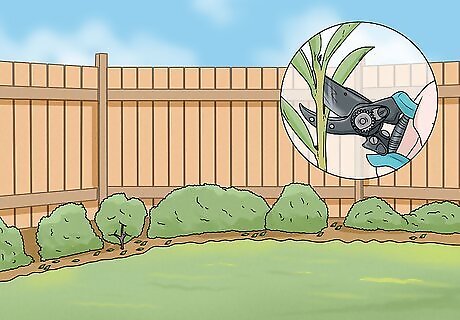
Trim and tie back plants.
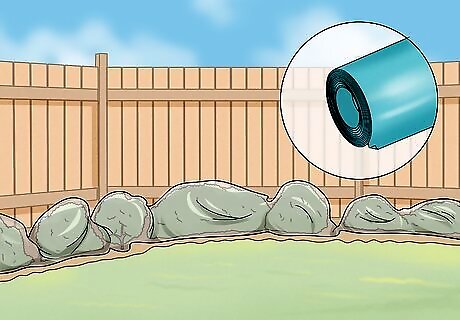
Cover tender plants with a tarp or invert buckets over them. Remove any other obstructions.
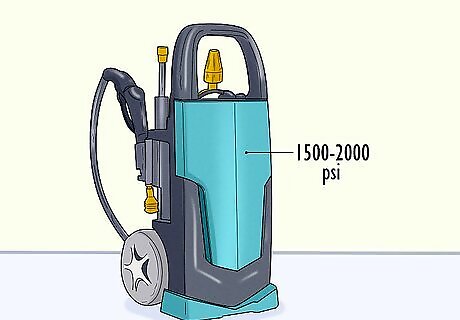
Set the power washer on a lower pressure setting such as 1500 to 2000 psi.
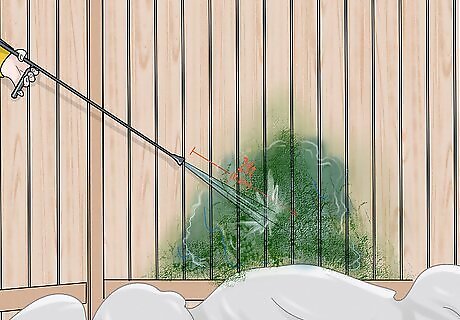
Stand about 2 feet (0.6 m) away from the fence and hose it down. You can move closer in for heavily stained spots but don’t keep high pressure on any spot for too long. Move the sprayer in a slow, sweeping pattern.
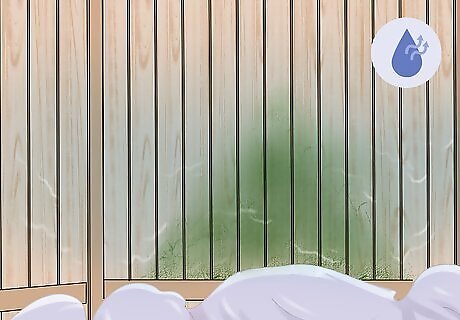
Let the fence dry if the mildew and algae disappear from the fence. If stains remain proceed to the next step.
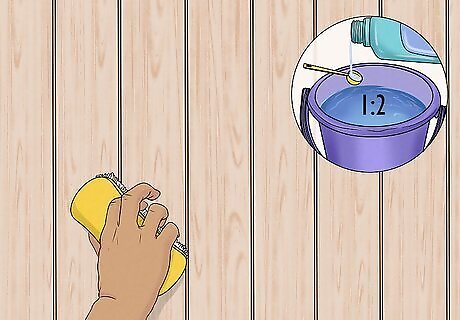
Scrub the stained areas on the fence if some stains remain after power washing. Pour a solution of one part household bleach to two parts water into a bucket. There is no need to stir. Use a scrub brush to clean the remaining stains with the solution. Be careful not to get bleach solution on your plants. Repeat the power washing on the stained areas you scrubbed.
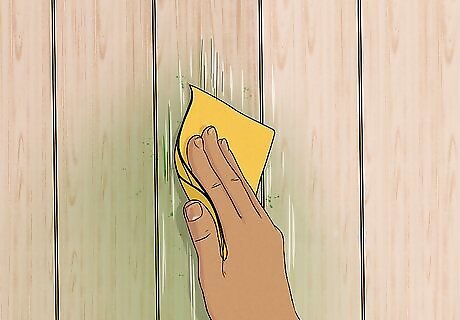
Check the fence and sand any rough areas.
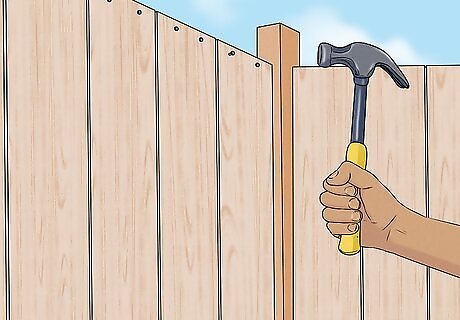
Sink any protruding nails or screws and repair any damaged wood.
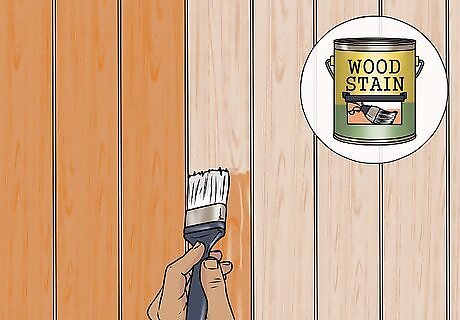
Apply wood preservative, stain or paint to the fence after it dries prevent future algae and mildew growth.
Hand Scrubbing to Remove Mildew and Algae from Wood Fences
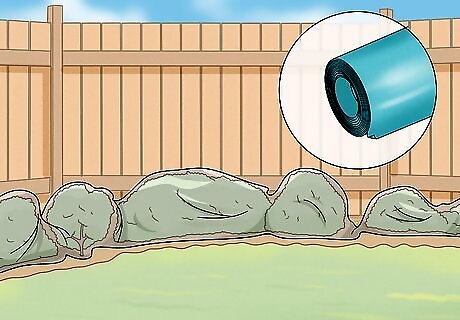
Cover plants with tarps or inverted buckets.
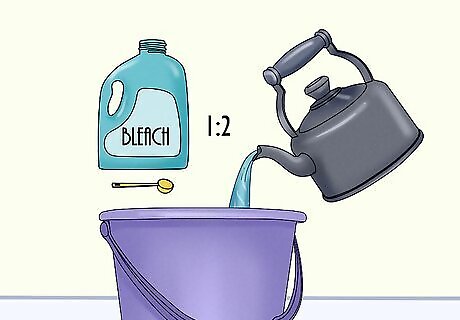
Mix a solution of one part household bleach to two parts warm water in a bucket.
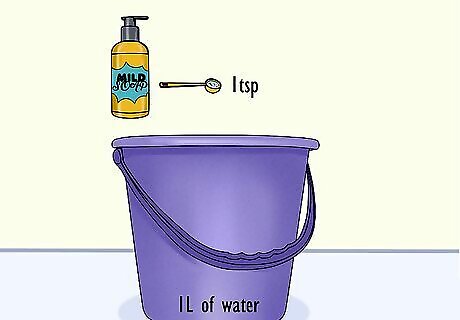
Add a teaspoon of a mild soap that is safe to mix with chlorine bleach to each gallon or liter of water in your bucket.
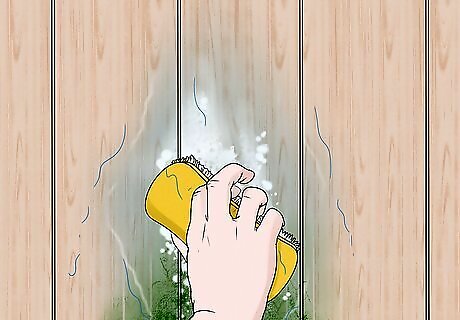
Scrub the stained areas of the fence with a scrub brush, being careful not to get the solution on plants.
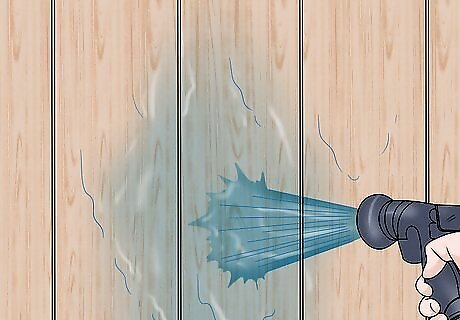
Rinse the fence with clean water. You could do this with a garden hose.
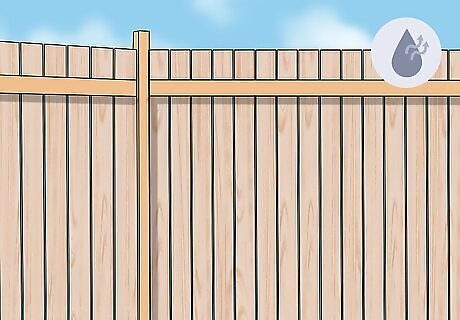
Let the fence dry.
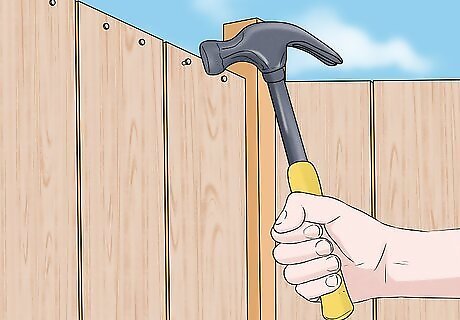
Repair any damaged areas, sink protruding screws or nails, and sand rough areas.
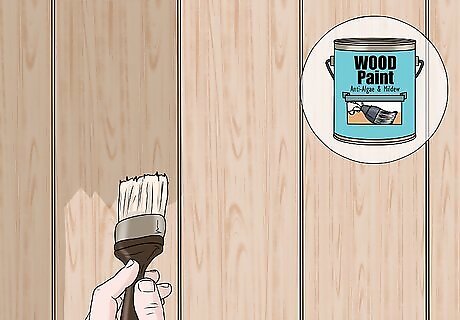
Consider painting the fence with a paint that has an algae and mildew preventative in its formula.



















Comments
0 comment